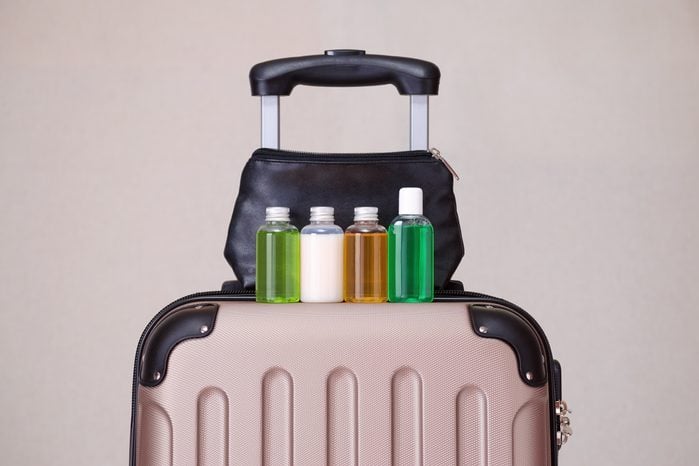
There are a few exceptions to the TSA liquid limit rule
By now, you’ve probably got the whole TSA liquid limit rule down to a science. After all, it’s been more than 15 years since these TSA rules were instated. To recap: All liquids (including gels like toothpaste) and some foods that are considered liquids need to be in separate containers that hold no more than 3.4 ounces. When you go through the airport security check, you’ll have to take them out of your bag and put them in a bin, where they’ll be X-rayed and sometimes additionally inspected. If you have things you shouldn’t, you can toss them or go back to the gate to check them; otherwise, your friendly TSA agent will confiscate them.
But did you know there are certain exceptions to this rule? You should. Here’s what you need to know about the TSA’s liquid limit loopholes so you can bring these items through security and on board with you. But before we dig in, here are a few answers to travelers’ most commonly Googled questions on this topic.
What is the 3-1-1 liquid rule?
It’s the fancy name for the TSA liquid limit rule we mentioned above. The TSA permits you to carry any liquids, gels and aerosols in containers that hold up to 3.4 ounces. It’s called the 3-1-1 rule because your liquids must be no more than 3.4 ounces (that’s the 3), they have to fit into 1-quart bags (there’s the 1) and you’re only allowed one (that’s the final 1) of the bags.
While this TSA carry-on rule may seem arbitrary, it was instated in 2006, after intelligence experts uncovered a transatlantic terrorist plot to detonate liquid explosives on multiple flights. So, while it’s annoying to have to squish your shampoo, makeup, moisturizer, toothpaste and certain foods into tiny containers and put those tiny containers into a quart-size bag, it’s for your safety. Anything that doesn’t fit these specifications either needs to be left at home or packed in your checked luggage. However, make sure to know the prohibited items before packing your bags for the trip.
How many 3-ounce bottles can I carry on?
You must be able to fit all your 3-ounce bottles into a 1-quart bag, which is 6 x 9 inches. This usually equates to nine bottles. FYI, you can use a Ziploc or anything that’s about that size, but the TSA doesn’t officially approve or disapprove of any bags.
Do you still have to put liquids in plastic bags in 2024?
Yes, the rule about the bags is still a thing, but the TSA actually doesn’t specify whether that bag needs to be clear. Still, a clear plastic bag will certainly make things easier for your TSA agent and help you get through security faster. If you’ve forgotten to put your items in a bag, it likely won’t be a big deal and you can simply put them in the bin. The main thing is to respect the TSA liquid limit, but following the rules is always a good idea so you don’t need to spend more time than necessary at the security checkpoint.
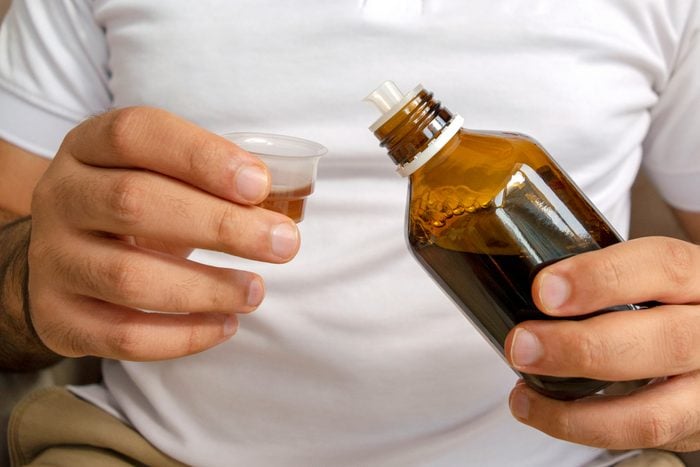
Prescription medication
The TSA will never take away your medication—even if your carry-on is crammed with it. Pills and other solid medications are allowed in “unlimited amounts,” as long as they’re screened. They don’t even need to be in their original container. But if you’re bringing medication in liquid form, it should be in “reasonable quantities,” and you’ll need to notify the TSA agent. These liquids will go through additional screenings to check for explosives, and you may be asked to open them. If you prefer that your liquid medication not go through the X-ray, you can ask for a visual inspection.
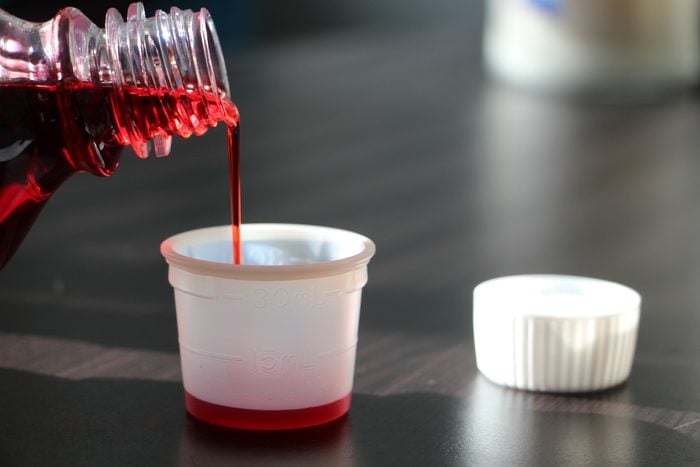
Cough syrup
It’s not just prescription meds that have the all-clear; nonprescription liquid medication is also allowed in your carry-on. But don’t simply go marching through security with a bottle of the good stuff. Let your security agent know you have an item that’s over the TSA liquid limit, and expect some additional screening.
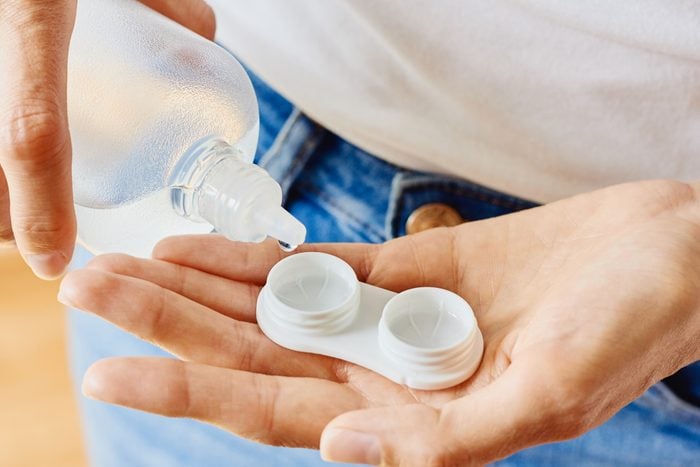
Saline solution
Don’t worry about fitting your contact solution into a 3.4-ounce container. Simply tell your TSA agent that you have it; it’s classified as an over-the-counter medication.
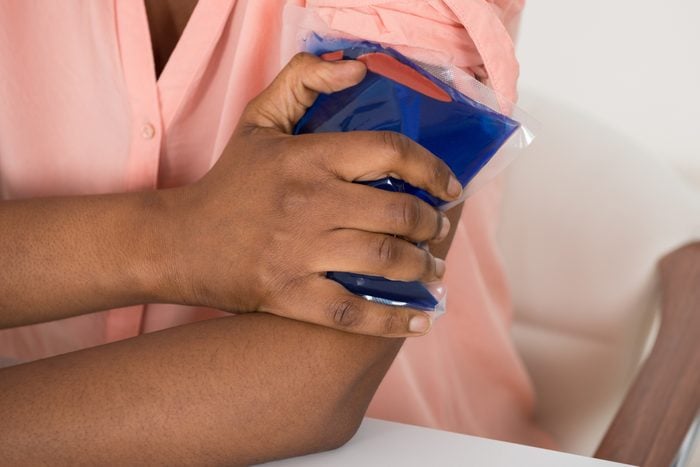
Ice packs
Need some gel ice packs to keep your medication or your food cool? Pack as many as you need, as long as it’s—yep—a “reasonable quantity.” However, they must be frozen solid when you go through security or they’ll be treated as a liquid and limited to 3.4 ounces. (It’s OK if they melt post-checkpoint.) Let the TSA agent know you’re carrying the ice packs before your bags are searched.
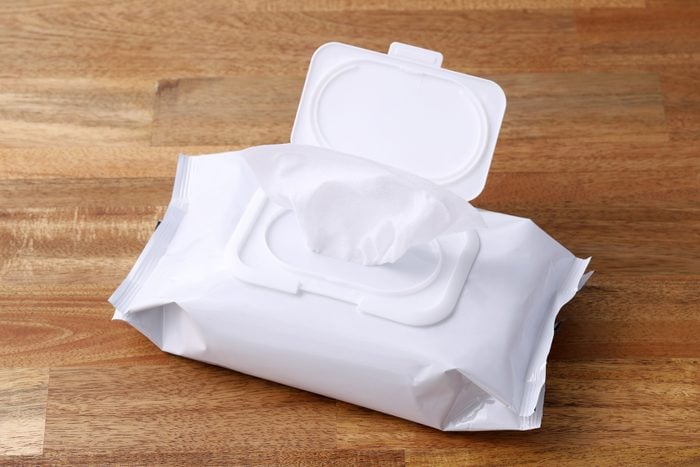
Jumbo disinfecting wipes
Before the pandemic, a jumbo container of disinfecting wipes were part of the 3-1-1 rule. But post-pandemic, it’s a different story. In April 2020, the TSA ditched the rule for wipes, and today, you’re allowed to pack as many as you want in your carry-on bag.
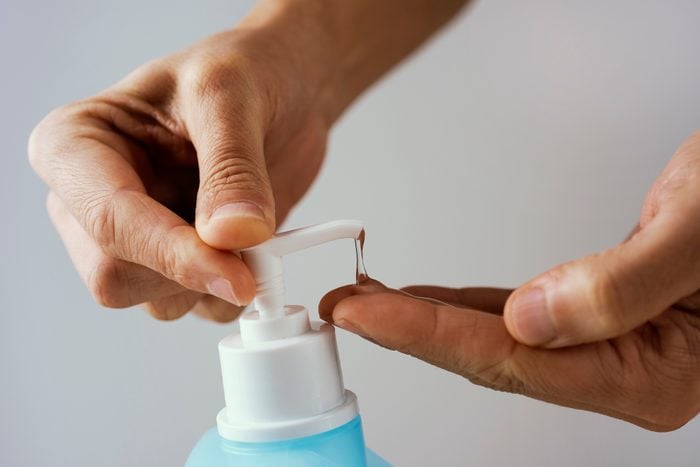
Hand sanitizer
Another pandemic-era change, this TSA liquid limit exemption is a given by now. Hand sanitizer up to 12 ounces can now go in your carry-on luggage. That said, your hand sanitizer (regardless of size) will need to be screened separately and likely swabbed.
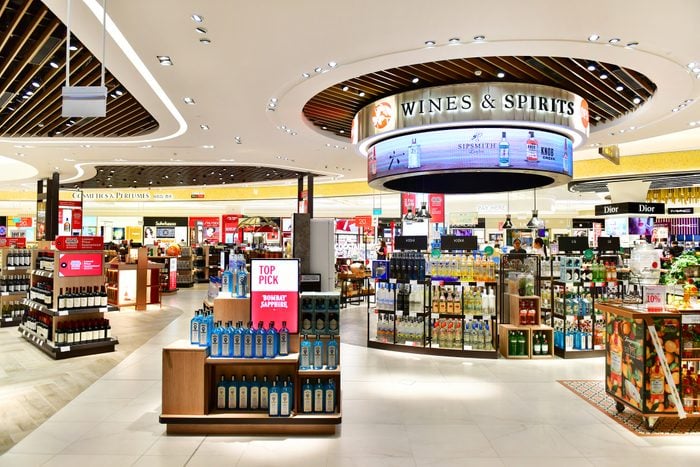
STEB items
Never heard of STEB? Short for “secure, tamper-evident bags,” these one-time-use bags allow you to pack liquid items you’ve purchased at the airport in your carry-on. So, go crazy at the duty-free shop, and buy full-size bottles of liquor, perfume and anything else your heart desires. After you pay, the cashier will put everything in a STEB bag and seal it shut. As long as you don’t open the bag, you can bring those full-size liquids on board. (And nope, you can’t open it once you’re on the plane either.) Travel experts recommend keeping the receipt handy to prove you made the purchase within the last 48 hours.
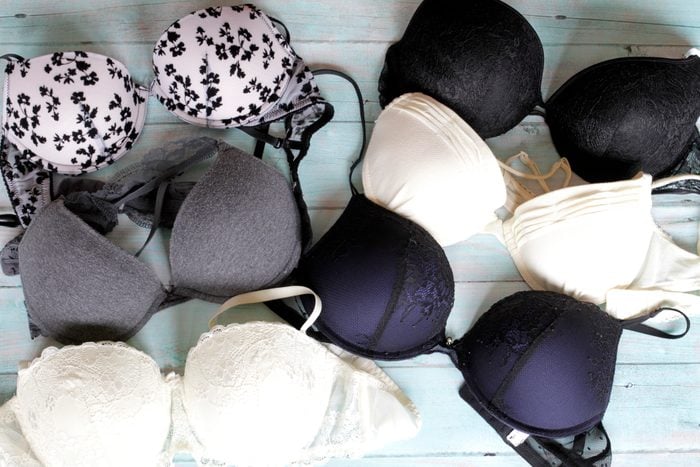
Gel-filled bras
Also known as silicone inserts, gel-filled bra helpers can be worn through security and onto the plane, even if they’re larger than 3.4 ounces. Discreetly let the TSA agent know about your “extra baggage,” and they may do some additional screening. Aside from that, though, there shouldn’t be a problem.
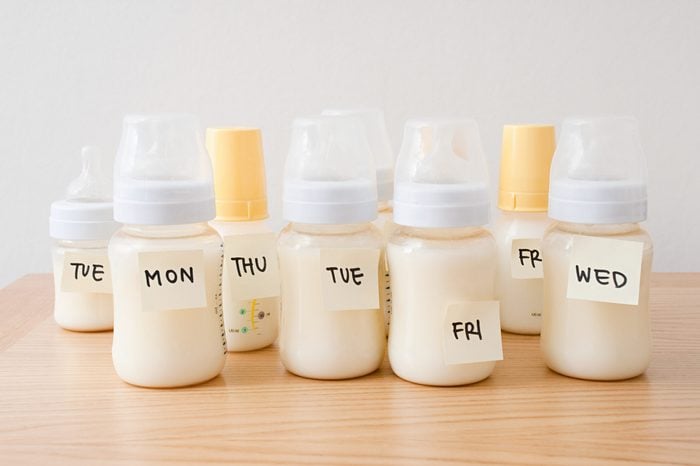
Breast milk, formula and baby food
This has long been a concern for moms of little ones, and chances are, you’ve heard a few airport horror stories about passengers being forced to dump these items at the security checkpoint. The key to avoiding a similar hassle? Knowing the TSA’s actual rules—and printing them out and carrying them with you, just in case. Breast milk, formula and baby food, regardless of size, are exempt from the TSA liquid limit rule and are allowed in your carry-on.
One caveat: These liquids are permitted only in “reasonable quantities,” though the TSA doesn’t specify further. So if you have a lot, pack what you need for the flight, and then check or ship the rest. Also be aware that a TSA agent will likely swab the container to check for explosives. But don’t worry—the swab won’t actually touch the contents.
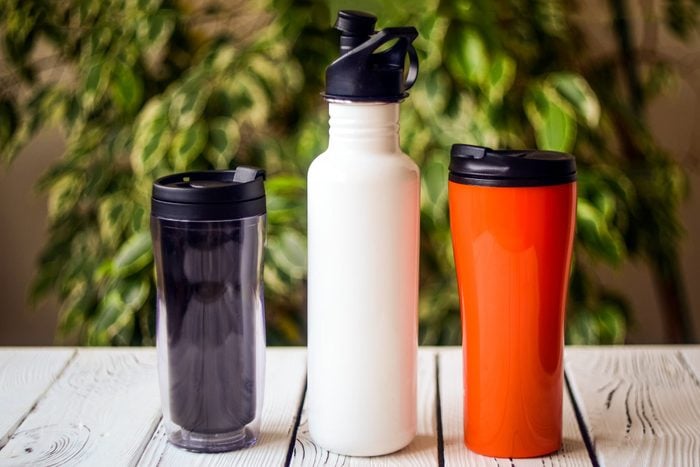
Bottled water
Well, technically, you can’t bring bottled water on your flight, but your very young child can, according to the TSA. While the TSA doesn’t go into details, we’re guessing it’s so you can mix their formula while en route to your destination. So feel free to bring a bottle in your carry-on. If asked, explain to the TSA agent that it’s for your child. Bring it in a store-bought bottle or a reusable water bottle brought from home. As long as it’s for a little one, it’s totally OK.
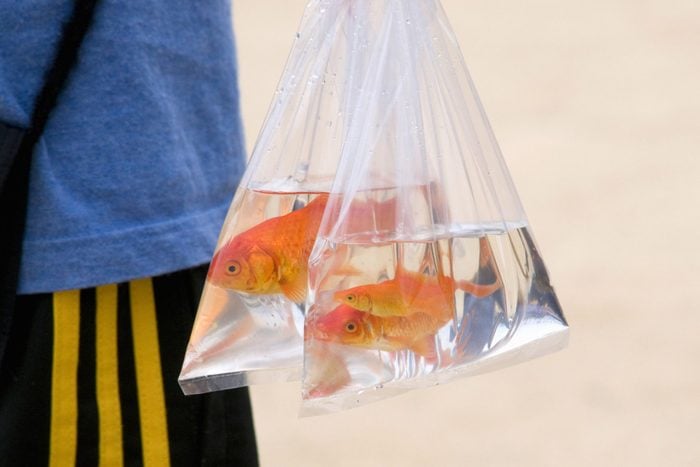
Pet fish in water
Yep, you can bring fish on board, and of course, they’ll need water to stay alive (and more than 3.4 ounces, at that). The fish and water just need to be in a clear plastic container. Check with your airline about live lobsters, though. Most airlines will allow you to bring them on, but others, like Southwest, require you to check them.
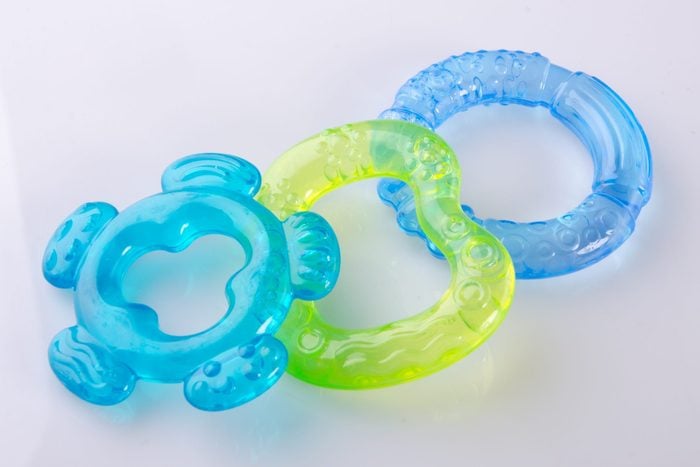
Gel- or liquid-filled teethers
Got a teething baby? Don’t want to hear said baby scream on the plane for the next few hours? Neither does anyone else. That’s probably why the TSA decided to pop this one on the list as well. So bring all the gel- and liquid-filled teethers, regardless of their size.
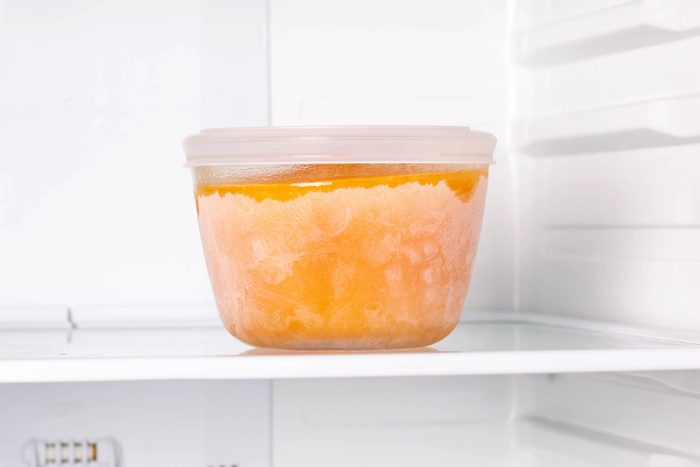
Anything frozen
This one is surprising but true. Need to get your gravy home and don’t feel like checking the bag? Or Mom made you some chicken soup that you’re worried will leak in your luggage? Simply freeze it. According to the TSA, frozen liquid items are allowed through as long as they’re frozen solid at the security checkpoint. If they’re partially melted, slushy or have any liquid, they must meet the 3-1-1 liquid requirements or you’ll have to eat them immediately, toss them or check them. So make sure you go from freezer to TSA stat.
Sources:
